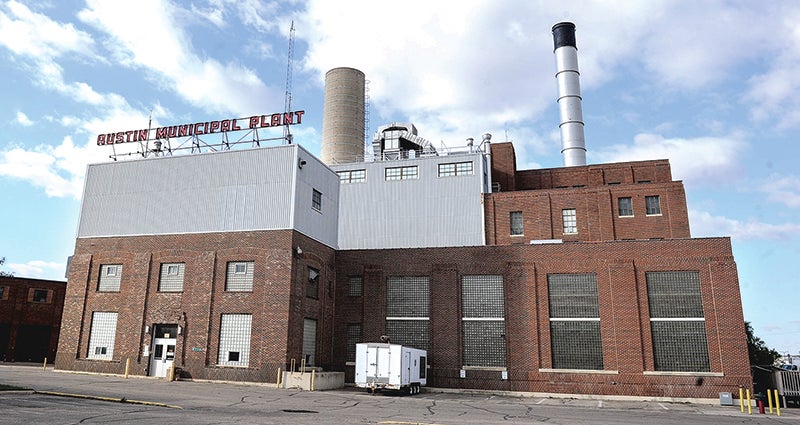Report: Under-employment causes many to go hungry in Austin
Published 9:51 am Thursday, December 8, 2011
Editor’s note: This is part of an ongoing series on hunger in Austin and Mower County.
It’s clear to some when they look around the area that money doesn’t go nearly as far as it used to.
Though many southeastern Minnesota counties have plenty of job opportunities and low unemployment rates, the middle to lower classes are struggling. In fact, many who had good jobs and plenty of food several years ago are in tough positions. Rochester’s Channel One Food Bank and Food Shelf is an indicator of that trend.
“We hear stories more and more of people who never thought they’d be in a position to need a food shelf, and here they are,” said Jennifer Woodford, communication and development director of Channel One in Rochester.
Olmsted’s unemployment rate is just 4.4 percent, according to the Minnesota Department of Employment and Economic Development’s latest monthly statistics. That’s 3,652 people. Mower and Freeborn counties are slightly higher, at 4.6 percent (981 people) and 5.8 percent (966 people), respectively. All these counties are sitting better than the nation, which is at 9 percent unemployment.
“We’ve been relatively isolated as a state from unemployment,” Woodford said, “But in Olmsted County, they have under-employment.”
The underemployment trend is indicated in Austin and Albert Lea by the U.S. Census Bureau’s 2011 American Communities Survey. Of all the people who are employed in the area, 41.6 percent are below the poverty level in Olmsted County; 43.7 percent are in Mower County, and as high as 49.4 percent are in Freeborn County. On average, that’s nearly 9 percent higher than the national average.
Ask local officials, and they’ll say the trend has continued since gas, rent, electricity and food prices have risen in the past years. Woodford said food prices have skyrocketed, and according to Hunger Free Minnesota, hunger in Minnesota has doubled in the last five years.
“For the last 18 months, we have had 200 new households register to use the food shelf, every month,” Woodford said. “Its been 200 or more. … And those are households, not people.”
Mandi Lighthizer-Schmidt, United Way of Mower County executive director, knows money doesn’t go as far as it used to, too. She’s had plenty of people come in her office who can’t pay bills, she said.
Part of the problem, she said, is that in Mower and Freeborn County, the median income for a household is in the $42,000 to $44,000 range.
“Forty-four thousand dollars is not much for a family of four,” Lighthizer-Schmidt said. “Most of our young families aren’t making anywhere near that.”
And with Austin’s increasing number of young Hispanic families, the need for food may continue to grow, as 63 percent of Mower County’s Hispanic families are below the poverty level, according to ACS numbers.
Austin’s Hispanic population has more than doubled over the past 10 years, growing from about 1,400 to almost 3,800 people, a 166 percent increase. This mirrors a statewide trend, as Minnesota’s Hispanic population has risen more than 74 percent over the past 10 years.
And with increased population, there is increased need.
For many who move to Austin, the Welcome Center is the first resource for many who need support services. Among filling out paper work and lining people up with food shelves, Welcome Center executive director Jake Vela and his co-workers deal extensively with housing. Vela has seen a lot of people looking for things like vouchers for temporary housing or assistance with the first month’s rent and security deposit.
Fixing these problems, however, starts with awareness.
Lighthizer-Schmidt mentioned many of the working poor may not realize that they qualify for food benefits, whether it’s at a food shelf or through the Supplemental Nutrition Assistance Program (formerly called food stamps).
“We know that there’s a tremendous amount of people who would qualify for food support but don’t apply,” she said.
Some people still don’t apply for food support because of pride and the stigma that’s attached.
“I think that will always be part of the problem for some people,” Woodford said.
But with more people using food shelves, community meals, SNAP and the issue of hunger hitting the middle class, Woodford has seen that stigma finally start to erode.
“I think that there is starting to be a greater understanding that it’s OK,” she said. “Getting a helping hand is OK, and it’s nothing to be ashamed of. … You have to feed your kids, and if that comes with a little help from Channel One, great.”




